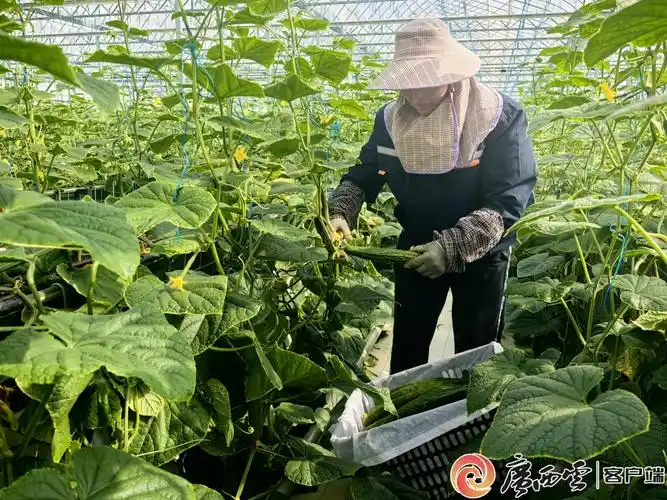Steps for a Successful Transition
1. Assess Current Soil Health
- Soil Testing: Analyze nutrient levels and pH to understand current soil conditions.
- Identify Needs: Determine which nutrients are deficient and require supplementation.
2. Select Appropriate Organic Fertilizers
- Compost: Use as a base to improve soil structure and provide balanced nutrients.
- Specific Organic Amendments: Choose based on identified deficiencies, such as bone meal for phosphorus or blood meal for nitrogen.
3. Implement Gradual Transition
- Gradual Reduction: Slowly decrease chemical fertilizer use while introducing organic alternatives to allow soil adaptation.
- Monitor Plant Response: Observe plant health and productivity to adjust applications as needed.
Challenges and Solutions
- Initial Yield Drops: May occur as soil adjusts; mitigate by enriching soil with diverse organic matter.
- Pest and Disease Management: Use integrated pest management (IPM) techniques to maintain crop health.
Long-Term Benefits
Soil Health Improvement: Enhanced microbial activity and soil structure lead to sustainable productivity.
Environmental Benefits: Reduced chemical runoff and improved biodiversity contribute to a healthier ecosystem.
Economic Savings: Decreased dependency on synthetic inputs reduces long-term costs.
FAQs
1. How long does the transition take?
Transition periods vary, but most farmers see significant soil improvements within 3-5 years.
2. Will I need to change my crop rotation?
Consider incorporating cover crops and diverse rotations to support nutrient cycling and soil health.
3. What if I experience pest issues during the transition?
Adopt IPM strategies, including beneficial insects, crop diversity, and organic pest controls, to manage pests effectively.
Transitioning to organic fertilizers can lead to healthier soils, more sustainable farming practices, and long-term benefits for both the environment and farm productivity.






